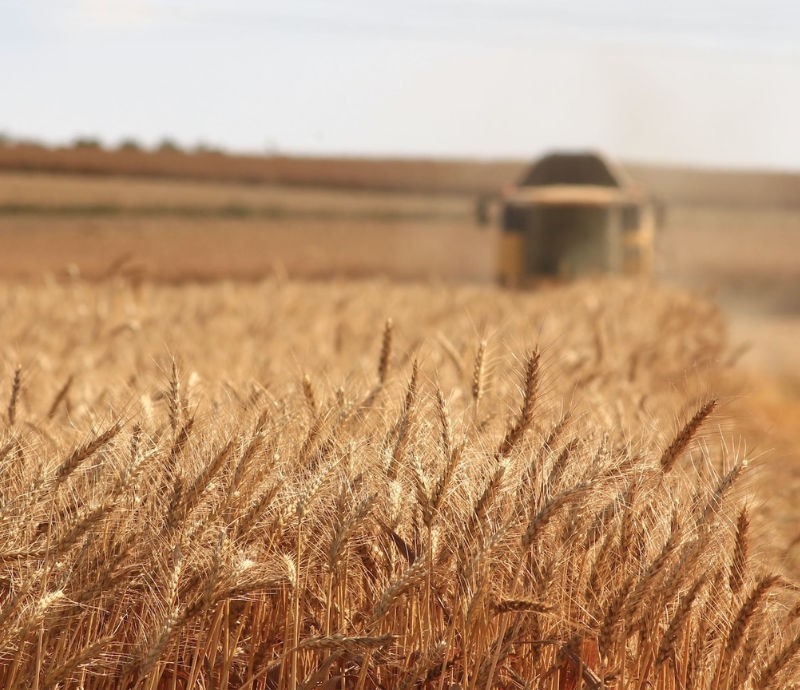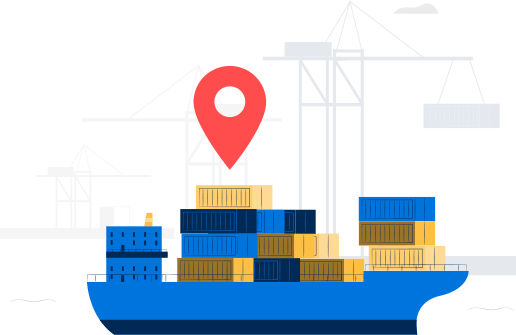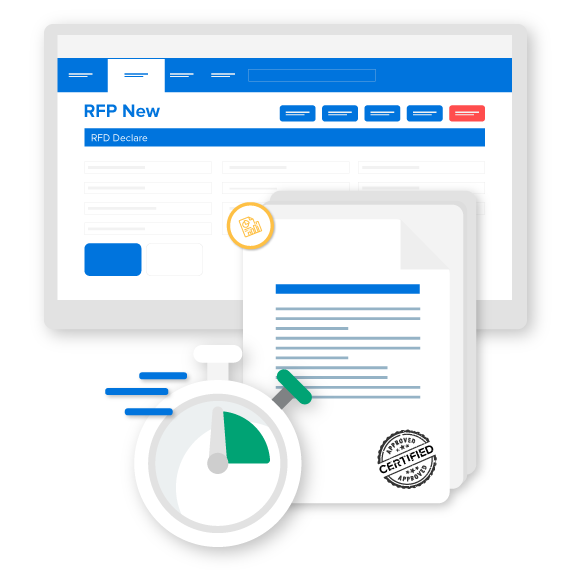
11 Oct
The Australian Government is currently investing in modernising and reforming export regulatory services that will impact the cost of delivering those services (also known as the cost base). The cost of doing business is increasing for Australian grain exporters. This post will discuss the price impacts over the coming years. We aim to help you anticipate any pricing fluctuations so your business can remain competitive and profitable.
What is the Statement for Cost Recovery Implementation?
The implementation statement for cost recovery for grain exports 2021-22 provides information on how the Department of Agriculture, Environment, and Water recoups expenses from the grain cost recovery plan. It also reports financial as well as non-financial performance. This statement contains the forecast for 2021-22 and the next three years.
Continue reading this blog to better understand the Cost Recovery Implementation Statement (CRIS) findings and how cost recovery over the coming years will impact grain exporters in Australia.
Policy and Statutory Authority to Cost Cover
In the 2020-21 budget, the Government announced the Busting Congestion for Agricultural Exporters package. It was a policy authority responsible for regulating export certification activities. This package sets out a period of partial cost recovery from 2020-21 to 2021-22 whilst waiting for reforms that will enable a return to full cost recovery in 2023-24. It is expected that exporters will pay the increasing costs.
The reform package for “Busting Congestion for Agricultural Exporters” focuses on three factors. Efficient regulation, connected digital services, and expanded market access protect Australia’s reputation as a world leader in agricultural trade. Industry and government will do this through regular revisions and adjustments of measures that impact export cost recovery, extending to each CRIS across export regulatory services.
Cost Recovery Arrangement Aimed at Grain Exports
The cost recovery plan for grain exports simplifies its cost base. First, regulation for plant exportation is according to the export legislative framework. You can find more regulation information for plant exportation on the Department’s website or read our blog post here.
In the implementation statement for cost recovery grain of exports 2021-22, there have been adjustments to the grain export Cost Base (the fees associated with exporting grain). These adjustments include the expanded cost recovery measures within the 2018-19 budget. Expanded cost recovery activities implemented from 1st July 2019 include enforcement, scientific advice, and support, which have increased the cost base by $1 million.
The 2021-22 implementation statement will include reductions in the cost base due to greater efficiencies with the Authorised Officer Program.
Design of Regulatory Charges
The CRIS outlines a mix of regulatory fees-for-service and levies. Service fees are applicable when regulations apply to an organisation or individual. These are regulations such as inspection of goods, assessment of export certification, and audit of registered premises.
The regulation of an industrial sector requires the payment of cost recovery charges. These charges recover the costs of maintaining the integrity and regulatory infrastructure through program management and administration. There were no changes in the types of fees and reasons for charges.
Stakeholder Engagement
Stakeholders are a significant part of the management and development of these recovery arrangements. Their primary role is to understand how the Department’s regulatory activities impact their business.
They do this to ensure the cost recovery implementation statement is updated as expected and to provide information on its performance. The relevant department can then design, plan and evaluate stakeholder activities.
The Department’s principal purpose is to listen and engage meaningfully, which it achieves by explaining the objectives and context of stakeholder agreement. It also provides sufficient time for the stakeholders to engage in the consultation process.
The department also reviews how previous feedback has been considered and plans to review annual cost recovery implementation to monitor and review regulatory charges. They also design revised fees and charges in the cost recovery implementation statement documents.
Industrial Engagement
The Agriculture, Water, and Environment Department has been engaging with the export industry since 2018 on matters related to charging arrangements. Supported by 13 public meetings with export stakeholders, the department released them to the public between October 2019 and January 2020.
The stakeholders received a description of the impact of the Busting Congestion Package in February 2021.
Risk Assessment
A charging risk assessment is necessary for a charging proposal such as CRIS. It helps analyse and identify regulatory charging risks.
The high-risk implementation categories have new cost-recoverable activities, with a percentage change in annual cost-recovery revenue exceeding 10%.
Other implementation categories are considered low risk. They include changes in the level of existing cost recovery charges and the stakeholders’ sensitivity to the proposed changes.
The Department also considers the risks associated with cost-recovering grain export certification activities and how it manages them.
Financial Estimates and Non-financial Performance
The government will not change the cost recovery reserve for financial estimates. The reserve deficit will continue until they decide to address it.
The Department is committed to consulting with the industry stakeholders to learn more about the performance indicators. Doing so helps them in evaluating their regulatory arrangement’s accomplishment.
For non-financial performance indicators, the Department should connect with industry stakeholders to help with its evaluation.
Improve your Export Processes with ImpexDocs
The Export Control Act 2020 has made it easier for Australian exporters to access global markets, thanks to the government’s efforts to maintain market access for agricultural exports.
But a warning. You will face enforceable penalties if you export goods that are not compliant with the requirements of the export control legislation act.
Get in touch with us at ImpexDocs. We help hundreds of exporters like you stay on top of the regulatory paperwork and compliance required to export goods from Australia via our Export Management Software and Export Management Services.


